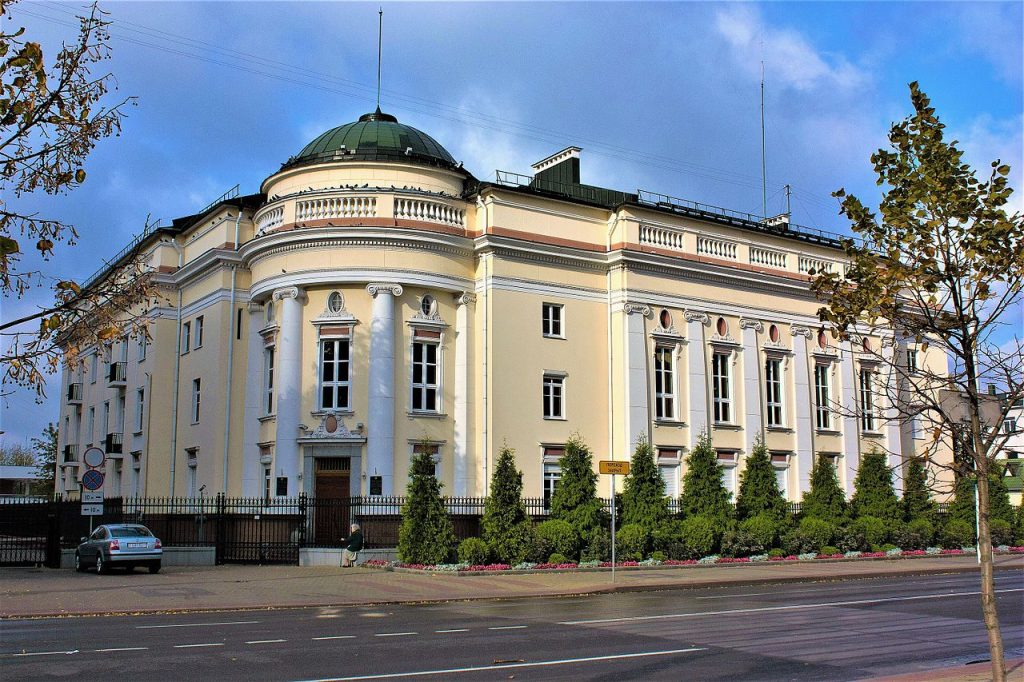The first city across the Polish border, Brest is located on the right bank of the Bug River. Its name evokes the famous Brest-Litovsk Treaty of April 1918, whereby Trotsky’s Red Army put an end to the war with Germany by ceding to the latter large amounts of Russian territory (the treaty was annulled in November of that same year by the Soviet government). On 22 June 1941, in Brest, Hitler’s columns began their violent march across the Soviet Union.

Brest-Litovsk had for many years a Jewish majority. According to the 1936 Polish census, the city contained 51170 inhabitants, of whom 21134 were Catholic (the Poles), 8228 were Orthodox Christian (Russians and Belarusians), and 21518 were Jewish (or more than 40% of the total).
In 1941, the Germans created a ghetto around Sovietskaya and Dzerzhinsky Street up to Macherova Street. In April 1942, all of the ghetto’s 19000 residents were deported, taken in cattle cars to the village of Bronnaya Gora, thirty miles to the east, and murdered and thrown into eight huge mass graves. Among them was the mother of the future Israeli prime minister Menachem Begin. A unique case in the history of the Shoah, the exact identity of every victim was recorded before their deportation, including both a photo and fingerprint; these files are preserved in the Brest archives, as documented in Ilya Altmann’s 1995 film The Brest Ghetto.
The entire downtown (around the present-day Karl Marx, Dzerzhinsky, 17 September, Macherova, Sovietskaya streets, and Liberty Square) was Jewish and contained many synagogues. The main one was located on what is now called Sovietskaya Street; it has been converted today into a movie theater, the Belarus. Another synagogue stood at the intersection of Dzerzhinsky and 17 September; it is now residential housing. Notice as well the housing block at the corner of Macherova and 17 September, with its stores and courtyards of typical Jewish architecture. The Jewish hospital, today a regional medical clinic, was located at 24 Sovietskikh Pogranitchnikov (Soviet Border Guard) Street, while the adjacent synagogue has been turned into office space.
On Macherova Street, near the Tets tram stop, the ramp used for the loading and departure of the trains can still be seen. At 43 Dzerzhinsky Street, a monument has been erected in memory of the victims of the ghetto.
In 2019 a mass grave was discovered in Brest containing the bodies of 1,200 Jewish men, women and children, prisoners of the ghetto, shot by the Nazis. Following the discovery, the remains of the bodies were buried in coffins at a ceremony attended by members of the Jewish community.
Sources: Jewish Chronicle, Times of Israel